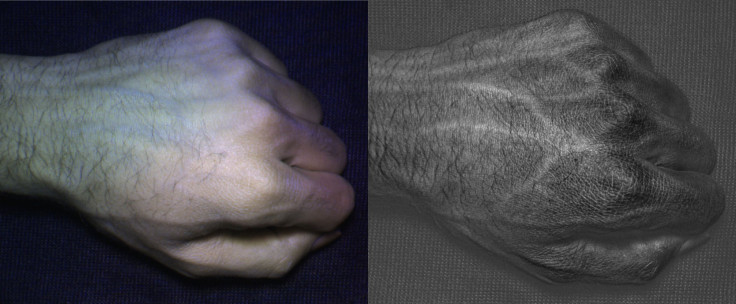Your Future iPhone Camera Could Be Able To Take Pictures Of What's Under Your Skin

It may sound like science fiction, but smartphone cameras that can take pictures of the veins underneath your skin just got one step closer. Researchers at the University of Washington and Microsoft Research have developed a camera that uses hyperspectral imaging to capture images at visible and invisible wavelengths, before combining them together to reveal otherwise-hidden details like veins under skin. The research outlines a solution that could potentially cost just $50 to add to a smartphone.
"HyperCam," as it is known, can even show if a piece of fruit is ripe. The team took images of various fruits, from avocados to strawberries, over a week. The resulting images helped the team predict the ripeness of the fruit 94 percent of the time. With a standard camera, the team was only able to get it right 62 percent of the time.
"It’s not there yet, but the way this hardware was built you can probably imagine putting it in a mobile phone,” said Shwetak Patel, a professor at the University of Washington. "With this kind of camera, you could go to the grocery store and know what produce to pick by looking underneath the skin and seeing if there’s anything wrong inside."
17 different wavelengths are used when making a photo, blasting both visible and near-infrared light. Then the software will look and think about what a normal eye can see, before combining all the photos together to create a final image with the most interesting data.
HyperCam is also accurate enough to see unique skin patterns, making it applicable to biometric identification. As smartphone manufacturers delve further into fingerprint and iris scanning, the HyperCam could solve all this by simply taking a picture of a person's hand. The system can even detect the beating of an artery, in a similar fashion to the Xbox One's Kinect.
However, it could be a while before we see it making an appearance in iPhones. The team still needs to work on bringing the technology down to size, and in its current form, the camera doesn't work too well in bright light.
© Copyright IBTimes 2025. All rights reserved.






















